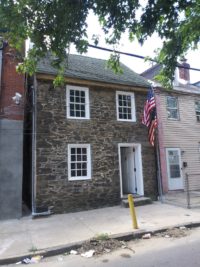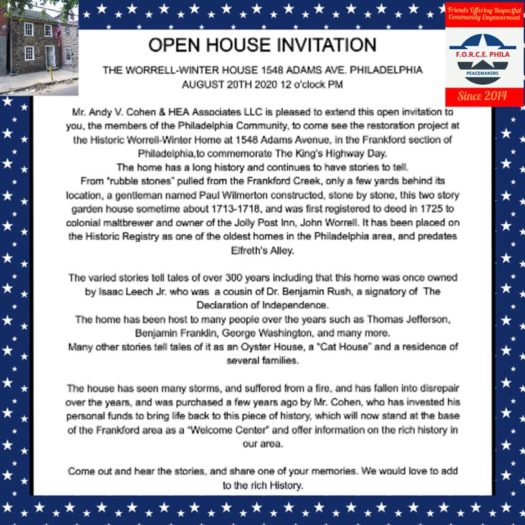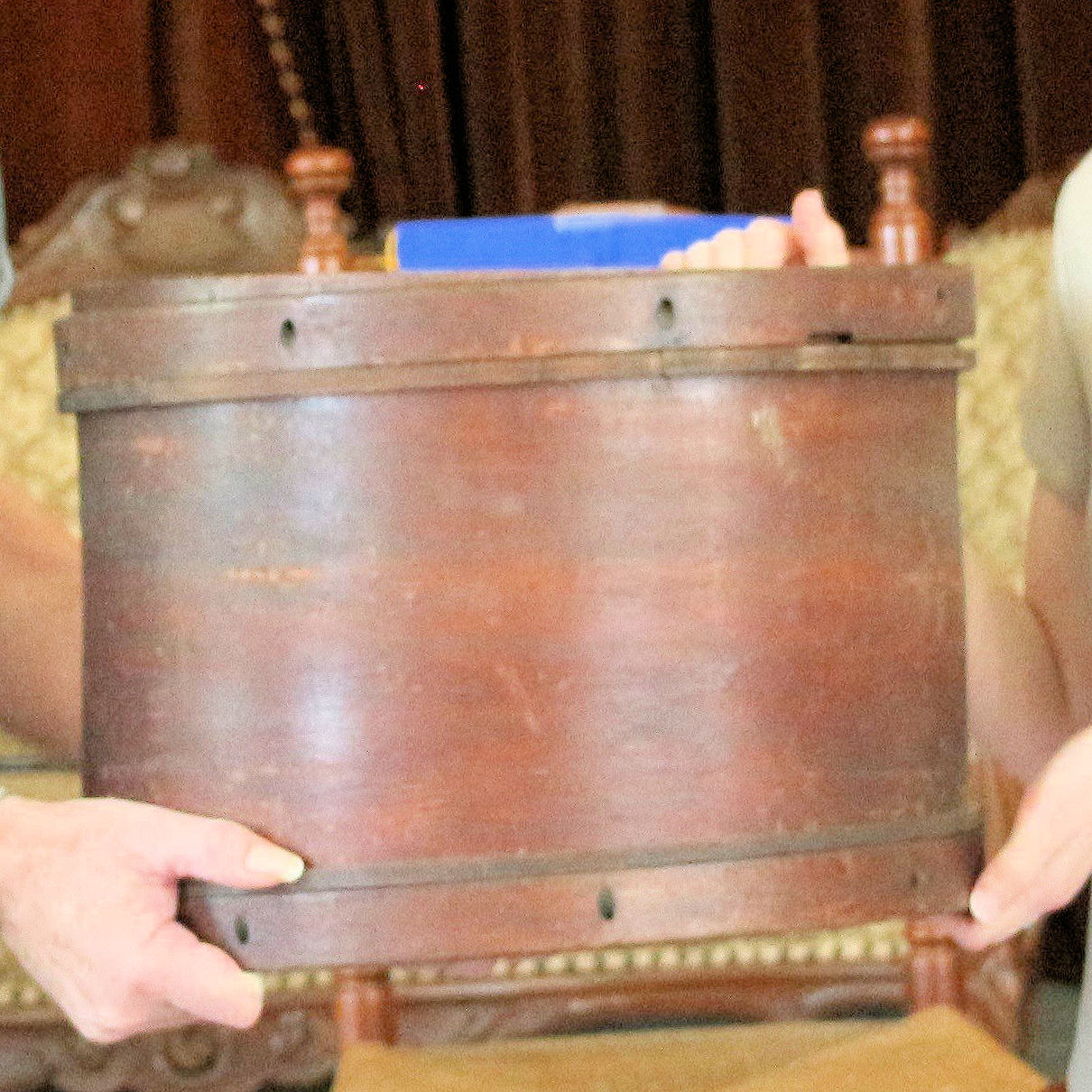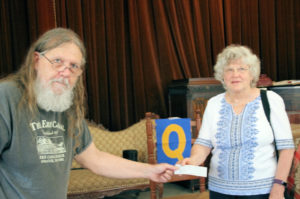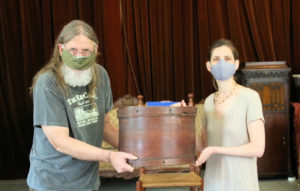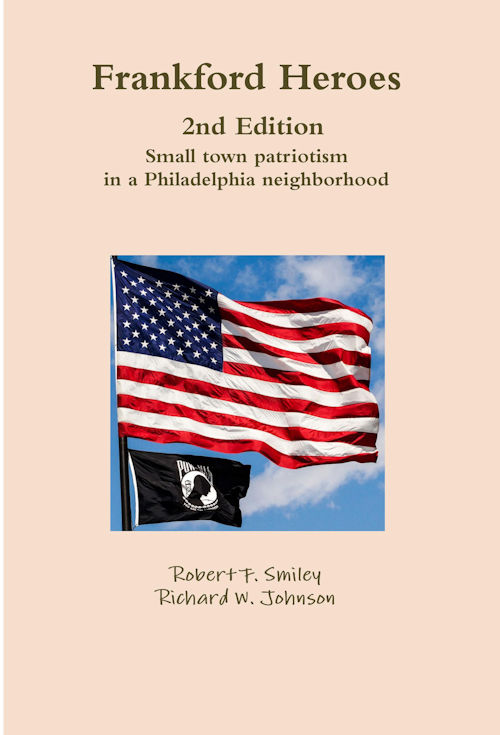
THE GRAND ARMY OF THE REPUBLIC CIVIL WAR MUSEUM
Presents a New Program via ZOOM
Commodore Percival Drayton, Union Hero of the Civil War and Philadelphia
SUNDAY, October 4, at 1:00 pm
Presented by: Captain Jack Lieberman (USN, retired)
Please send a request to reserve a virtual seat for this outstanding presentation by replying to this e-mail at garmuslib1866@gmail.com
Percival Drayton was the son of a wealthy South Carolina Congressman William Drayton. He entered the United States Navy as a midshipman in 1827, and served continuously up to the Civil War, being posted to stations that included the Mediterranean, the Pacific Ocean, off the coast of Brazil, Paraguay and at the Naval Observatory, Washington, DC. His older brother, Thomas Fenwick Drayton, was a West Point Graduate and a United States Army officer who remained loyal to the South and became a Confederate Brigadier General. When the Civil War began Percival was stationed at the Philadelphia Naval Yard, but was soon given command of the warship “USS Pocahontas.” He commanded the vessel in the successful Union Naval assault on Port Royal, South Carolina in November 1861. In that action, he fired upon troops and positions commanded by his brother Thomas who was commanding Confederate troops on shore in a literal, classic instance of the “BROTHER AGAINST BROTHER” phrase often used to describe the American Civil War.
He was promoted to Captain, US Navy in July 1862, and was assigned to Admiral David Farragut’s West Gulf Squadron and commanded Farragut’s flagship USS Hartford in the celebrated Naval assault and capture of Mobile Bay, Alabama in August 1864. The bay was heavily mined (tethered mines at that time were called TORPEDOES). Farragut ordered his fleet to charge the bay. When one of the Union Monitors struck a mine and sank, the other Union ships began to retreat. Farragut could see the ships pulling back from his high perch, where he was lashed to the rigging of his flagship. “What’s the trouble?” he shouted through his megaphone to the forward lookout. “Torpedoes!” was shouted back. “DAMN THE TORPEDOES” said Farragut, “FOUR BELLS – CAPTAIN DRAYTON, FULL SPEED AHEAD” The bulk of the fleet then succeeded in entering the bay. Captain Drayton died August 4, 1865 and was buried in St John’s Church in Washington, DC, however his remains were exhumed three months later and he was re-buried at Laurel Hill Cemetery, in Philadelphia, on November 18, 1865, next to his father, William Drayton.
You will be sent a link with a password that will enable you to access the program within 24 hours of the start of the presentation.
As a lover of history, you know how critical it is to keep history alive, especially today! We very much appreciate your continued support for the GAR Civil War Museum

